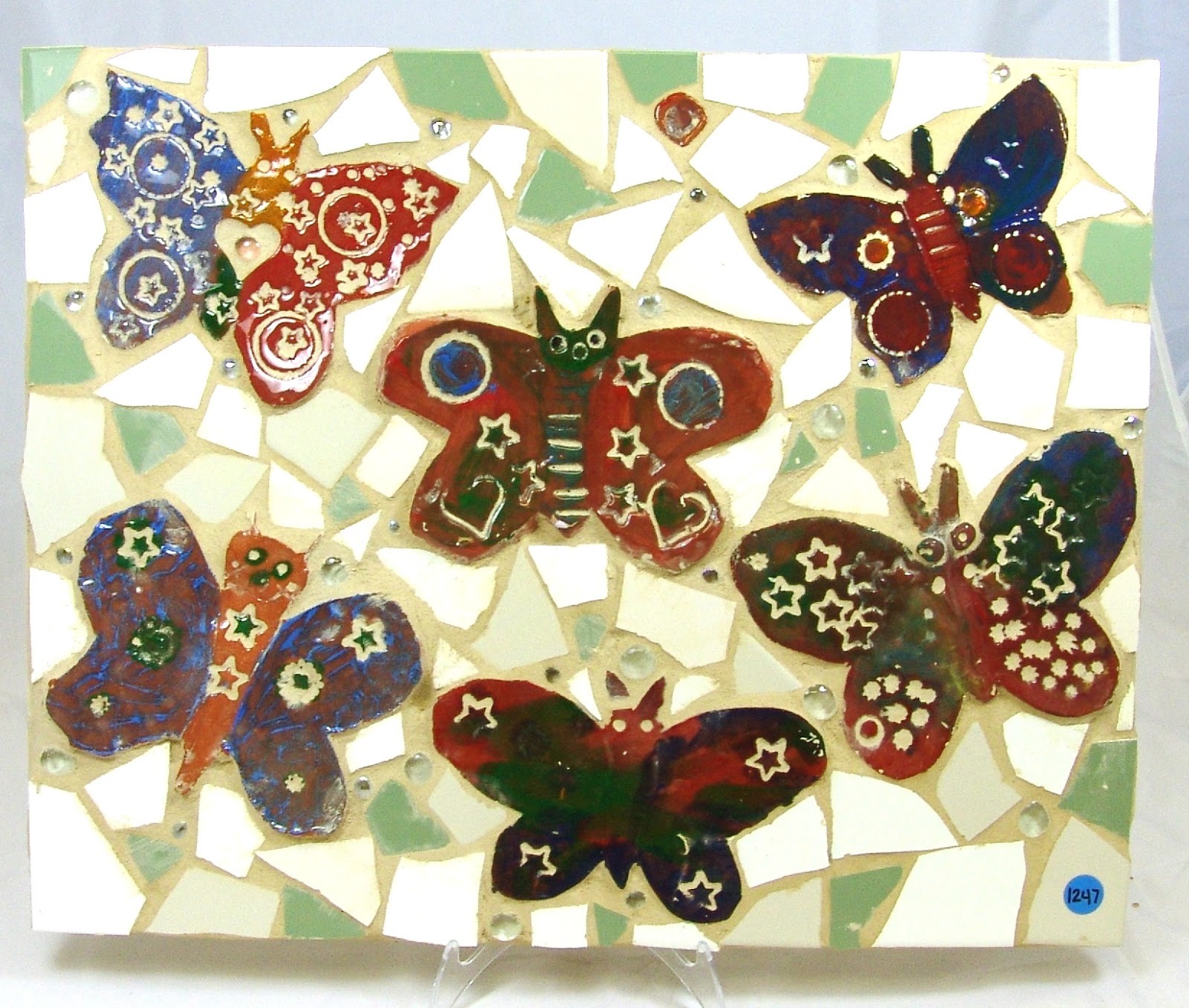July 2013 marks ATC's 37th birthday! On July 19th, ATC will be three years shy of having served the Dallas community for four decades. In honor of this occasion, here's a brief history lesson on the organization.
Autism Treatment Center was established in Dallas in 1976. Jimmy Carter would soon be elected President, Elton John's "Don't Go Breaking My Heart" was at the top of the charts, and autism was still a largely mysterious developmental disorder. The current prevalence of autism (1 in 50) is a 10 fold increase over the past 40 years. There was little known about autism and next to no treatment or therapies being offered. As with many innovations, the Center was born out of necessity.
A small group of six parents, all with children with autism, spent several years carpooling 70 miles everyday to and from the North Texas Behavior Program. When their children "aged-out" of that program and were no longer eligible to receive their services, this group of parents came together to find a solution. Their children were older now, but were no less autistic. The Center, originally named the Lynne Developmental Center, began in a space donated by the First Presbyterian Church of Richardson. The program had humble beginnings, offering residential services and a day program to just a few individuals. Most of the parents involved at the beginning served on the Board of Directors for many years, and five of the six children are still at ATC today. They are among the oldest men and women in our programs.
A few years later, a group of parents in San Antonio heard about what was going on at the Autism Treatment Center in Dallas. After a visit to the Center, they convinced the Board that ATC should expand. In 1978, a second Center was opened in San Antonio.
The needs were great, and it was soon apparent that additional programs and services were necessary. ATC soon opened a group home in Dallas where men and women with autism would have a safe and comfortable environment to live and development life-skills. In the 80s, the TEA (Texas Education Agency) certified educational program began; the Adult Services program was developed; 6 more group homes were opened in Dallas; and land was purchased as the site of the future Autism Treatment Center Dallas main building. Each program that was developed in Dallas was replicated at the Center in San Antonio.
This is a brief history of the core programs that make up the Autism Treatment Center. A view of our
ATC Timeline on our website marks the remaining milestones of how we got to where we are now. Including the opening of the ATC Therapy Clinic, the establishment of a Diagnostics program, and the third expansion opening in Fort Worth, and the opening of our 21st group home (16 of them already mortgage free).
ATC has a long history of parents advocating for their children and helping to shape its growth. Each program developed addresses a specific need for the children and adults needing our services. When asked about the history of the Autism Treatment Center, Executive Director, Anna Hundley said, "Parents are the backbone and were the driving force behind ATC."







